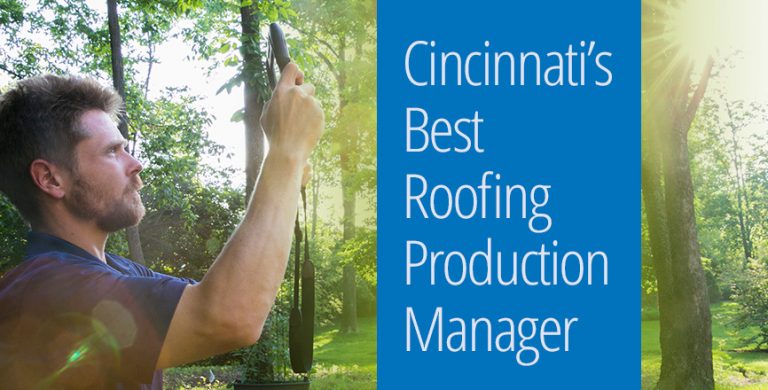We’ve seen some pretty bad roof damage caused by poor attic ventilation. Astonishingly, an estimated nine out of 10 homes in North America have improper attic ventilation, according to GAF, the largest roofing manufacturer in North America and one of the foremost suppliers of the Roofing Annex from which we also earned its rigorous Master Elite Roofer certification. Most homeowners are unaware that poor attic ventilation can cause significant damage to their home, especially the roofing system.
Damage Caused By Inadequate Attic Ventilation
When we talk about attic ventilation, we mean a constant flow of outside air through your attic. This serves two main purposes:
- In the winter, cold outdoor air keeps the attic cool. This is important because moisture from cooking vapors, showers, household appliances, etc., builds up in your attic and moistens the underside of your roof. When this moisture drips, it wets your attic insulation and diminishes its performance. Furthermore, a warm attic leads to ice damming when snow or ice on the roof begins to melt, causing leaks in your home. Good ventilation reduces or removes the moist air before such damage can occur.
- In the summer, the natural air flow prevents heat buildup in the attic by moving hot air to the roof deck and out of the attic. This helps your insulation block the heat from entering the rest of the house.
According to the U.S. Energy Star program, homeowners make a common ventilation mistake when installing installation by blocking the flow of air at the roof’s eaves. Insufficient ventilation in your attic causes serious damage, including:
- Eroded insulation;
- Buckled shingles;
- Premature aging of your roof;
- Warping of your roof deck;
- Cracking or warping of your home’s wood frame;
- Damage to the paint or siding of your home;
- Peeling or warping of the paint or wallpaper in the interior of your home;
- Mildew growth.
The Components of a Good Attic Ventilation System
It’s not difficult to achieve proper attic ventilation. All you need is the perfect balance between air intake and air exhaust roofing vents. The Roofing Annex has the expertise to obtain this balance by installing ventilation that meets the dimensions and structure of your home.
Types of Air Intake Ventilation
Air intake roofing ventilation is installed at your roof’s eaves or soffits and provides continuous airflow. The most common intake vents are: continuous soffit vents, undereave vents, vented drip edge, rooftop vent (known as the Edge vent) and mini-louvers.
Types of Air Exhaust Ventilation
Air exhaust roof ventilation is installed at or near your roof ridge and provides continuous outflow of attic air. The most common exhaust vents are: roof louvers, gable louvers, ridge vents, turbines and power fans.
The Roofing Annex can help you choose an attic intake and air exhaust system that will provide continuous airflow across the entire surface of your roof and give you that all-important balanced roof ventilation system.
Is Your Attic Properly Ventilated?
The Roofing Annex can answer that question for you. Get in touch with us and we’ll first inspect your roofing system and attic to look for any damage caused by a lack of ventilation. If we discover any problems, we will then take measurements to determine your ventilation requirements, review options with you and take steps to ensure your attic is properly ventilated.



